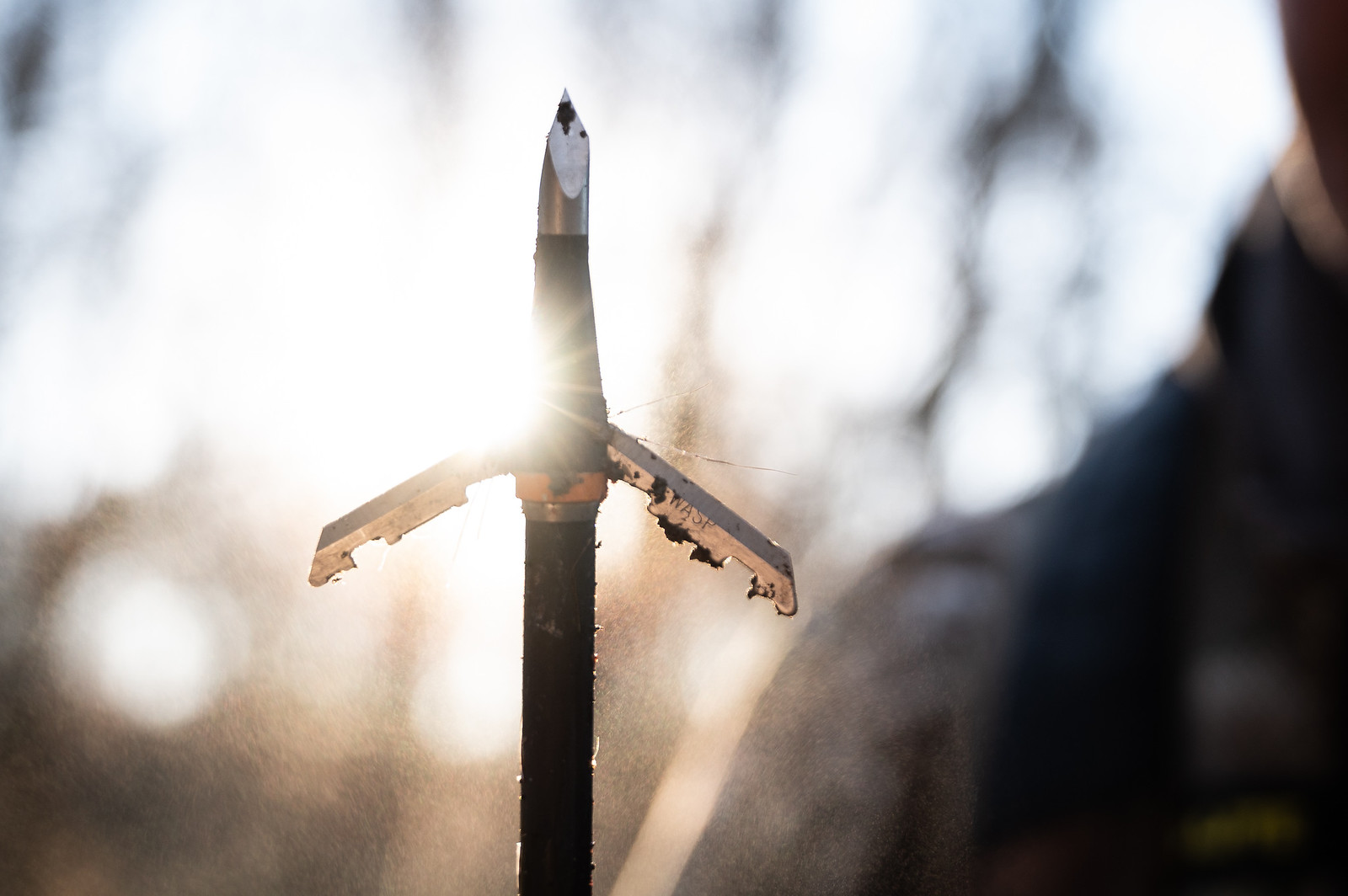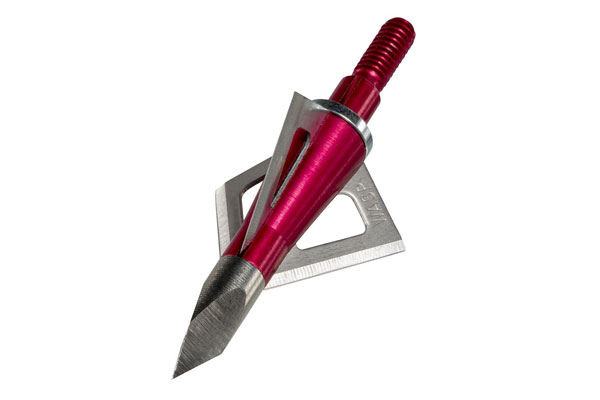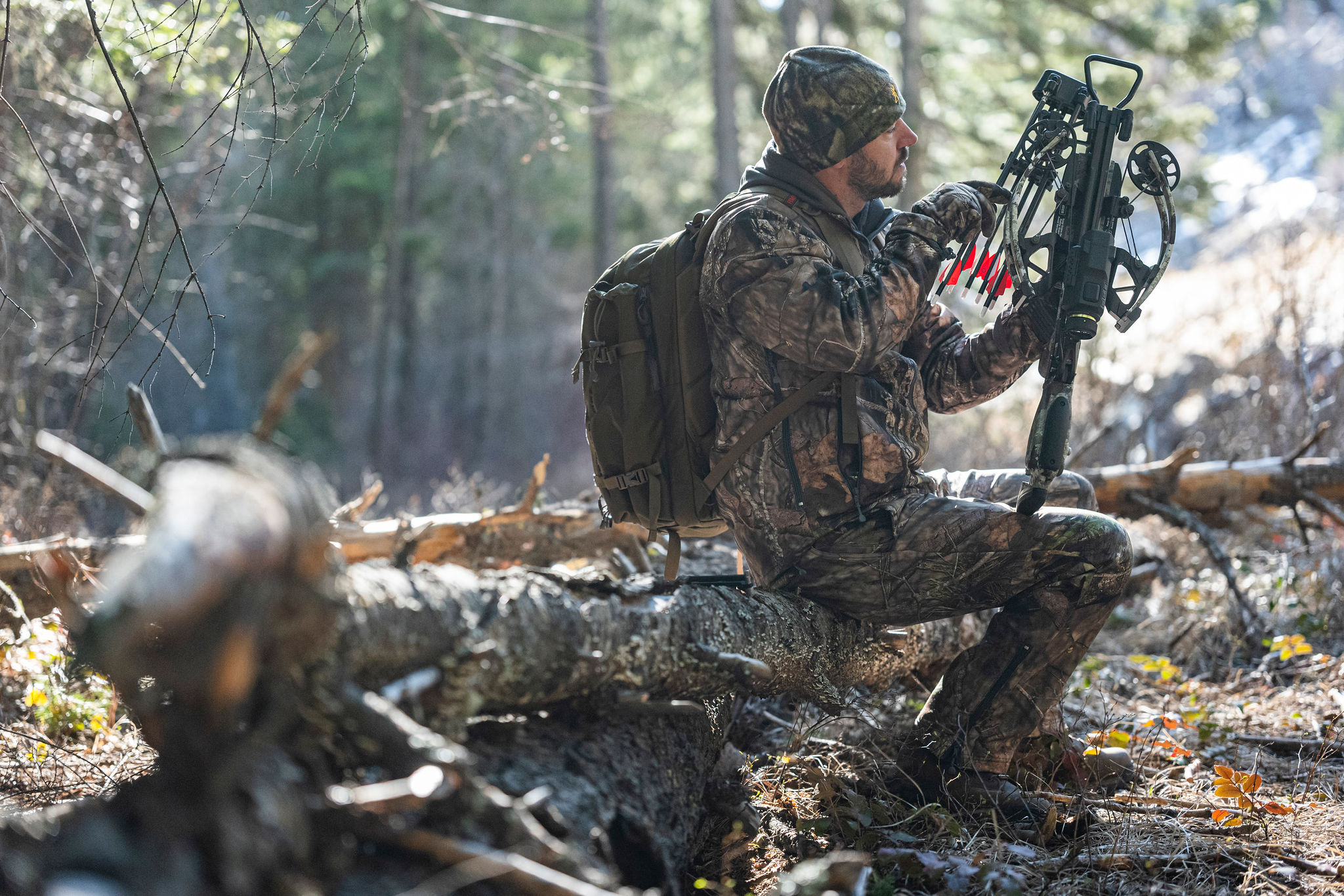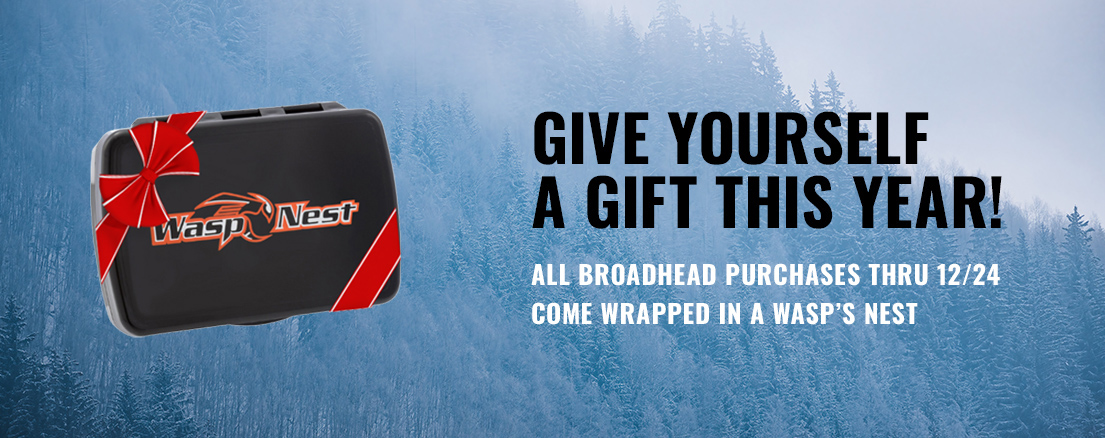How to Select the Best Broadhead For Your Crossbow
Crossbow hunting has never been more popular. That’s because of the number of states that have legalized crossbow use during archery season, and also because of the abundance of high-quality crossbows on the market. There are x-bows to fit all budgets, and they’re diverse in design and performance.
Unlike compound bows, which are built around a standard of specifications set by the International Bowhunters Organization (IBO), there is no manufacturer standard for crossbows. Different models, even from the same brand, may use different types of arrows and nocks, different limbs and cam systems (or no cams at all), different optics, and assorted cocking systems and safety mechanisms. That can make it a bit challenging to choose the best broadhead for your crossbow.
Modern crossbows are capable of incredible performance. Some of the newest ones shoot up to 500 feet per second with 400-grain bolts, which is about double the speed of a typical compound bow hunting setup, producing near twice the amount of energy. Many of them will shoot 1-inch groups at 50 yards, and a few even have scope reticles graduated to 100.
If you’re a new crossbow owner, what broadhead should you use to take advantage of all that speed and performance? Some insist that mechanical models are universally the best choice for x-bows. Others prefer fixed-blades regardless. Independent testing has shown that both styles can work well from crossbows; the secret is to decide on your particular hunting requirements, and then settle on the appropriate broadhead that your x-bow shoots best.
THE CASE FOR MECHANICAL CROSSBOW BROADHEADS
- Pros: The real benefit of a mechanical broadhead is the massive cutting diameter paired with an aerodynamic in-flight profile. The big cutting diameter is especially effective on whitetails, mule deer, pronghorns, and similar-sized game. They’re also ideal for turkey hunting. The blade-opening process does use some kinetic energy, which is a consideration for compound shooters using lightweight setups, but it’s barely a blip on the radar at crossbow speeds. Even “slow” x-bows have more than enough energy to reliably open the largest mechanical blades.
- Cons: Keeping blades closed at crossbow speeds can be a bigger challenge than making them open. And mechanical broadheads are just that … mechanical, meaning they have moving parts that are structurally weaker than fixed parts. At crossbow speeds, blades are more subject to damage, even when target shooting. Though dulled or damaged blades can usually be replaced, it’s a more tedious process than replacing fixed blades.
THE CASE FOR FIXED-BLADE CROSSBOW BROADHEADS
- Pros: Quality fixed-blade broadheads are incredibly rugged and can withstand heavy abuse. With a straight-shooting crossbow, hunters can use fixed-blade broadheads to get maximum penetration and bone-breaking capability on even the largest game. There is no worry about blades opening at the wrong time. Fixed-blades are more convenient and economical if you shoot multiple animals per season, or if you do a lot of practicing with your broadheads. So long as the ferrules aren’t damaged, replacing dulled blades with new ones takes only a few seconds.
- Cons: Fixed-blade broadheads in general (there are exceptions) have smaller cutting diameters than mechanical broadheads. Especially large fixed-blade broadheads are less aerodynamic in flight than compact (closed) mechanicals, meaning they’re more prone to wind drift and drag, particularly at extreme crossbow speeds. Velocities in excess of 400 fps and exceptionally short, stiff crossbow arrows (or bolts, depending on what you call them) can bring out the worst in fixed-blade flight. More compact fixed-blade broadheads alleviate some of these problems, but that does come at the cost of an even smaller cutting diameter.
TRY BOTH
Here’s the peculiar thing about crossbows: All those differences in speed, arrow design, trigger pull, and optics affect accuracy in their own little ways. Just as most centerfire rifles will shoot some bullet weights and styles better than others, your personal crossbow will likely shoot some broadheads better than others. The trick is to find a broadhead that hits with your field points, or close to them, out to the distances where you plan to shoot.
Most broadheads will shoot close at 20 yards. You’ll see the biggest differences in accuracy at 40 to 50 yards and beyond. Good broadheads aren’t cheap, but it’s worth investing in a few packages of various styles to find the model your crossbow shoots best, and that fits your personal hunting preferences. Maybe go in with a couple buddies so that everyone can try a few models without being too out of pocket, or consider picking a Wasp Archery Pick 3-Pack, which allows you to try three different Wasp broadhead models in one customized package. Once you dial in the broadhead you and your crossbow like, stock up! You’ll be glad that you went to the extra trouble when the buck or bull of a lifetime steps into range.
RECOMMENDED CROSSBOW MECHANICAL BROADHEADS

The 2-blade Dueler is an ideal mechanical crossbow broadhead.
Wasp mechanical broadheads are among the toughest on the market. The models we recommend for crossbow shooters use tried-and-true, replaceable o-rings for blade retention. Our favorite crossbow mechanicals, like the Dueler and Jak-X, are designed to be used with two o-rings, and six extra o-rings are included with every package sold. The 2-blade Dueler allows shooters to rotate a Select-A-Cut washer for a 1.5-inch cutting diameter, or a massive 2.3-inch cutting diameter. The Jak-X is a 3-blade model with a substantial 1 3/4-inch cutting diameter.
RECOMMENDED CROSSBOW FIXED-BLADE BROADHEADS

The Crossbow Boss is a perfect fixed-blade broadhead for crossbow shooters.
The Crossbow Boss has a 1 3/8-inch cutting diameter and is designed for perfect flight, thanks to its short, aerodynamic ferrule and vented blades. It’s equipped with Wasp’s legendary Trocar tip, the toughest one on the market. If you’re looking to up your front of center and need maximum penetration and durability on heavy or dangerous game, consider the 150-grain Sledgehammer, which has a solid-steel ferrule and Trocar tip with a 1-inch cutting diameter. Wasp’s award-winning Havalon HV models, available in both 100- and 125-grain versions, have an ultra-compact ferrule and 1 3/16 cutting diameter, and are a favorite of many crossbow shooters.
— Story by Wasp Archery Staff; Lead image by John Hafner
View All Posts
